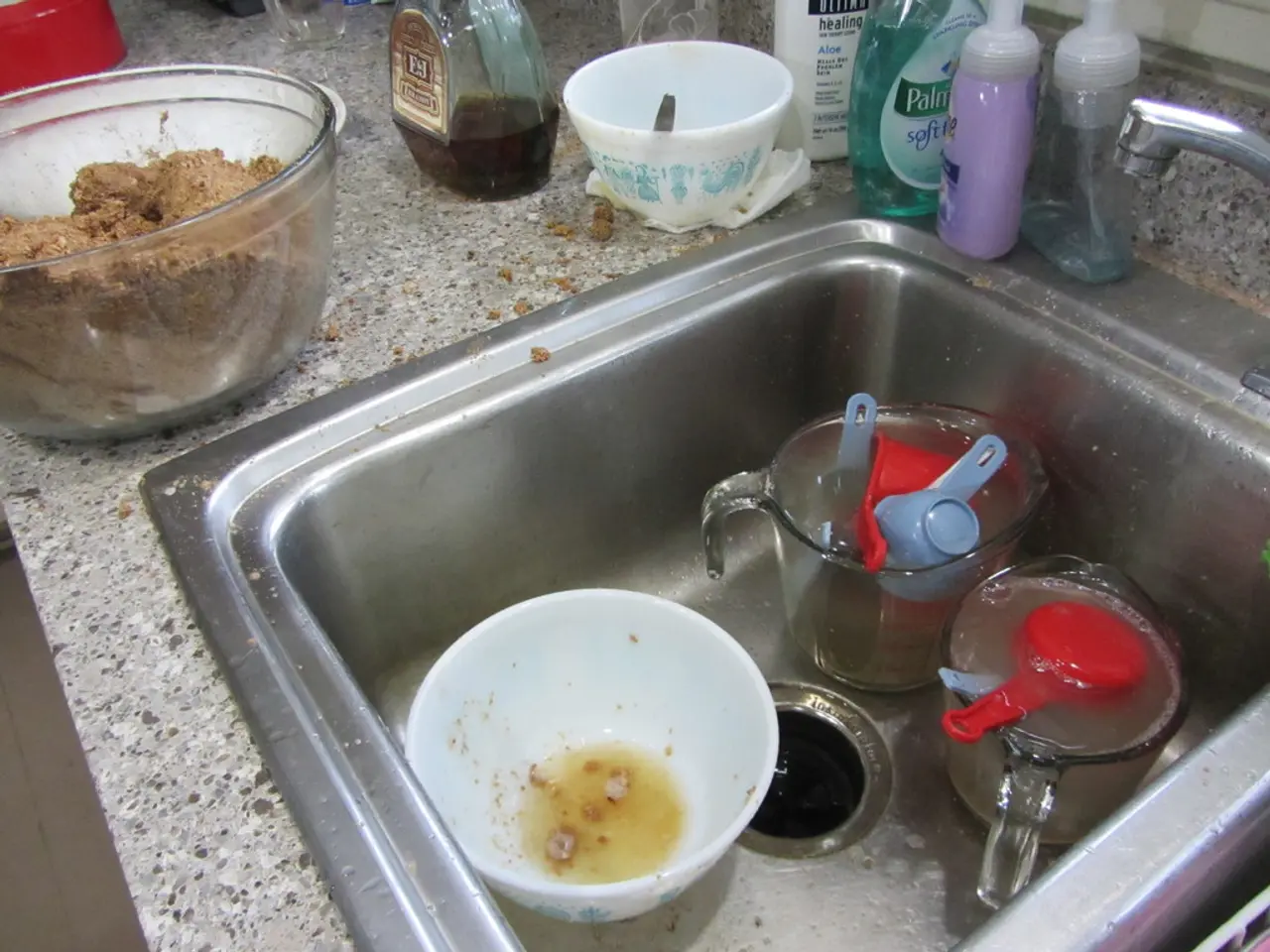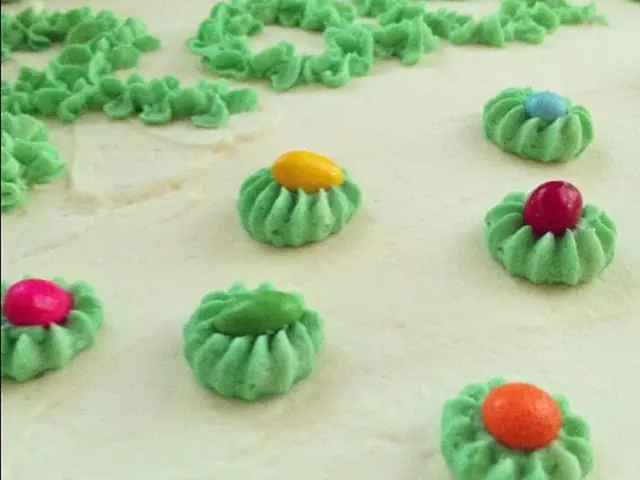Report on Plastic Injection Molding Processes in Sterile Environments
In the ever-evolving world of medical technology, maintaining the highest standards of cleanliness and contamination control is paramount. A recently published whitepaper titled "Plastic Injection Molding under Cleanroom Conditions," released in 2018, offers valuable insights into practice-oriented processes and control mechanisms for producing low-contamination series of plastic components under cleanroom conditions.
The whitepaper highlights the importance of ensuring analyte-free production in cleanrooms, a crucial aspect for medical technology products that come into contact with patients or are used for diagnostics. These products demand low particle counts and protection from contamination to ensure their effectiveness and safety.
RKT's innovative machine concept addresses these concerns by placing the injection molding machine outside the cleanroom, with production taking place through a laminar flow-controlled opening. This setup allows for all particle-generating activities and maintenance to be performed outside the cleanroom, further enhancing the cleanliness of the production process.
The whitepaper also delves into the management of temperature and humidity in cleanroom production, a critical factor when handling hygroscopic lyophilisates. It emphasizes the importance of a sophisticated temperature and humidity management system in ensuring the quality and effectiveness of the final products.
However, human employees remain the primary source of contamination in cleanrooms. The whitepaper underscores the need for trained behaviour, regular hygiene, cleaning, and GMP training for employees to maintain the demanded cleanliness levels. Slower movements are also emphasized to avoid stirring up particles.
Compliance with demanding cleanroom conditions is ensured through continuous air particle measurements, well-thought-out filtration, regular surface and air microbiological checks, and consistent documentation of process parameters. This meticulous approach to documentation is crucial for maintaining quality and traceability in cleanroom production.
The whitepaper also addresses challenges such as Analyte-Free Production and Lyophilisate Handling. For some diagnostic tools, the absence of foreign DNA or RNA during manufacturing is essential, a requirement met through special filter technology, surface tests, and personnel monitoring.
In summary, the whitepaper "Plastic Injection Molding under Cleanroom Conditions" provides a comprehensive guide to series production of plastic components under cleanroom conditions, emphasizing the importance of cleanliness, documentation, and continuous monitoring to ensure the highest standards of quality and safety in medical technology production.
Read also:
- Is it advisable to utilize your personal health insurance in a publicly-funded medical facility?
- Dietary strategies for IBS elimination: Aims and execution methods
- Benefits, suitable dosage, and safety considerations for utilizing pumpkin seed oil in treating an overactive bladder
- Harmful Medical Remedies: A Misguided Approach to Healing






